Founded by Dr. Emilia Mikulewicz, Ph.D., Cultiva EcoSolutions is a consultancy firm supporting South American horticultural businesses.  The company's work spans organic farming, greenhouse production, and resource management, all with a deep emphasis on sustainability and innovation. "We provide tailored consultancy for horticultural businesses, helping them overcome challenges in organic farming, greenhouse production, and resource management," Dr. Mikulewicz explains. "Whether improving crop yields, enhancing pest management, or integrating advanced techniques like hydroponics, we customize our solutions to fit each client's unique needs."
The company's work spans organic farming, greenhouse production, and resource management, all with a deep emphasis on sustainability and innovation. "We provide tailored consultancy for horticultural businesses, helping them overcome challenges in organic farming, greenhouse production, and resource management," Dr. Mikulewicz explains. "Whether improving crop yields, enhancing pest management, or integrating advanced techniques like hydroponics, we customize our solutions to fit each client's unique needs."
The company's goal is to balance productivity with sustainability and combine practical experience with the latest in technology and research.
Photo right: Dr Emilia Mikulewicz
Expertise in horticulture
Cultiva EcoSolutions specializes in various areas of horticultural production, with a particular focus on greenhouse management, hydroponics, ornamental horticulture, and permaculture. "Our work is primarily within horticultural production, and we generally do not offer services for field farms that focus on grains such as corn, soybeans, or wheat," says Dr. Mikulewicz. "However, we are open to assisting large-scale grain farmers with specific challenges, if we believe we can deliver a high-quality solution."
The company's selective approach allows them to concentrate on projects where they can make the most significant impact, ensuring that their clients receive tailored, expert guidance.
Integrated Pest Management (IPM) in greenhouse production
A key element of Cultiva EcoSolutions' work is the implementation of Integrated Pest Management (IPM) within greenhouses. "IPM combines diverse pest management methods to achieve long-term ecological stability and economic efficiency by minimizing chemical pesticide use," Dr. Mikulewicz explains. "In today's era, where food safety is paramount, IPM is essential."
For greenhouses, IPM plays a particularly critical role due to the controlled environments in which crops are grown. Implementing IPM in greenhouses requires continuous monitoring and adaptation, as environmental conditions and pest pressures fluctuate. "Systematic crop health monitoring is indispensable for growers," says Dr. Mikulewicz. "Regular observations enable early detection of pests, fertilization irregularities, and climatic issues inside the facility."
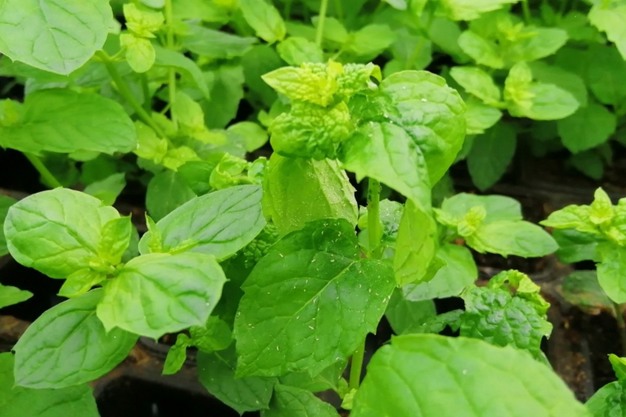
Frequent monitoring of crops, as shown, is essential to detect early signs of stress or pest presence, ensuring timely interventions and preventing potential large-scale damage to the plantation
The company emphasizes the importance of early detection and environmental adjustments in preventing pest outbreaks. "Creating optimal cultivation conditions promotes plant health and increases resistance to stress and pests," Dr. Mikulewicz adds. Adjustments like crop rotation, selecting resistant plant varieties, and maintaining ideal environmental conditions can significantly reduce the occurrence of pests.
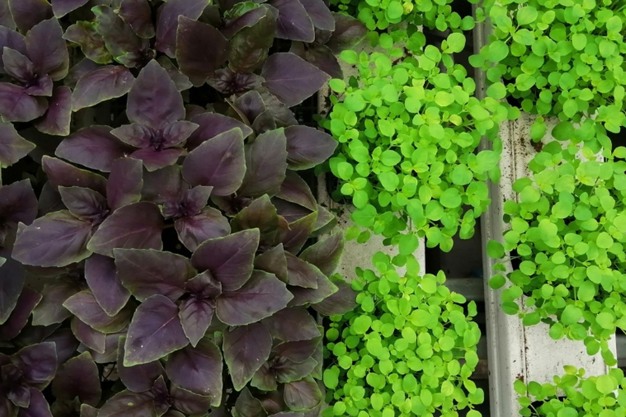
Optimizing greenhouse climate by selecting crops with similar environmental requirements is essential for ensuring healthy growth and maximizing yields
Use of biological control
IPM focuses on introducing natural predators to keep pest populations in check. Dr. Mikulewicz explains that while beneficial predators might not eliminate pests, they help control populations without the need for extensive chemical intervention. "Beneficial predators, such as ladybugs or lacewings, are often used in protected cultivation. While they may not eliminate pests, they help control populations without chemical agents."
Chemical treatments are seen as a last resort within IPM, and when used, they are applied selectively. "When other methods are insufficient, IPM doesn't exclude chemical pesticides; however, their use is carefully planned and minimized, selecting agents with minimal environmental and health impact," she explains. Dr. Mikulewicz advocates for natural pest control methods wherever possible, noting that certain oils or plant extracts can be particularly effective in controlling pests, enabling safer food production.
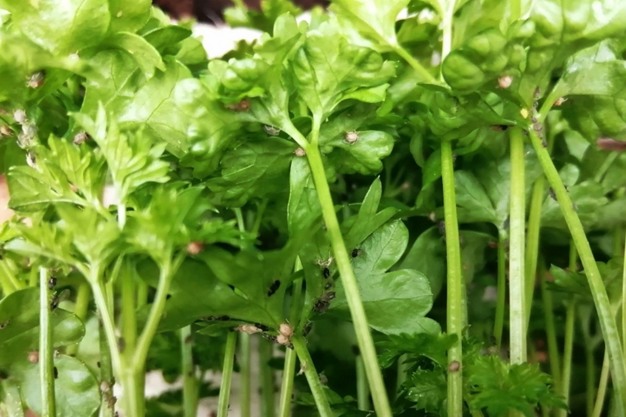
Parsley plants with an aphid infestation, showing aphid mummies parasitized by Aphidius colemani, demonstrating the effectiveness of biological control as part of an Integrated Pest Management (IPM) approach
Challenges of IPM in greenhouses
While the benefits of IPM are clear, its implementation in greenhouses does present challenges. One of the primary difficulties is adjusting the greenhouse's microclimate to the needs of different plant species and changing weather conditions. Effective management of irrigation, fertilization, and environmental factors like humidity and temperature is critical for reducing plant stress and susceptibility to pests.
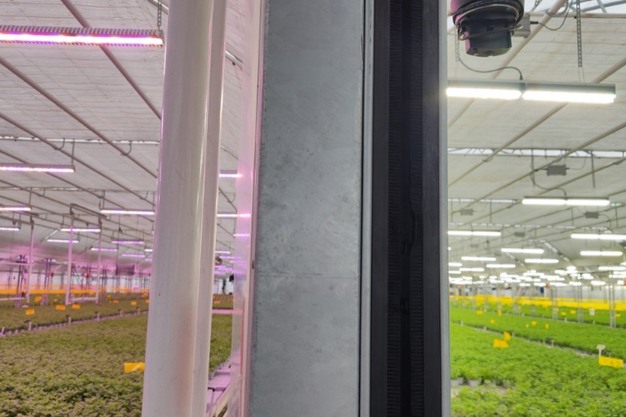
Effective climate control systems in greenhouses help maintain optimal growing conditions, reducing plant stress and improving the efficacy of Integrated Pest Management (IPM) by minimizing pest risks
Another challenge is retaining beneficial insects inside the greenhouse. "Predatory insects like Aphidius colemani may leave under unfavorable conditions," says Dr. Mikulewicz. Greenhouse operators must find ways to retain or attract these beneficial insects, even in challenging environments. She also highlights the potential conflict between artificial lighting—necessary in certain regions or seasons—and its impact on predatory mites and beneficial insects, which requires further adaptations to IPM strategies.
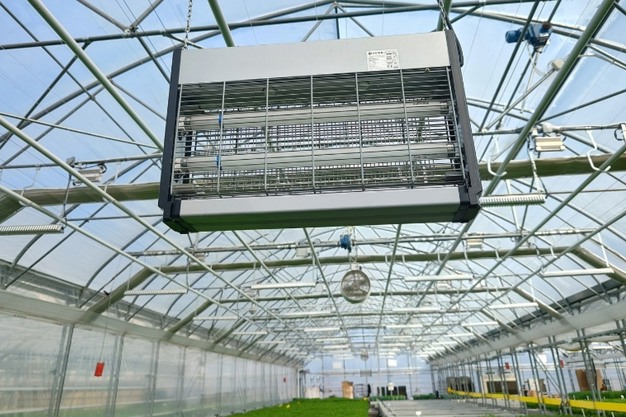
Insect light traps equipped with LED technology play a vital role in pest management by attracting and eliminating harmful insects during nighttime, helping maintain plant health and minimizing pest populations in greenhouse environments
Training personnel is another critical component of successful IPM implementation. "Proper knowledge of IPM principles, pest identification, and effective control strategies is essential," Dr. Mikulewicz states. Operators need to have a thorough understanding of pest biology and the appropriate control methods to ensure a successful IPM program.
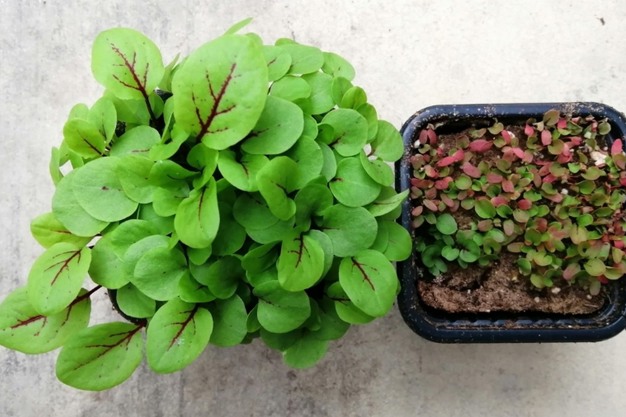
Uneven irrigation in greenhouse seedling production leading to poor plant health and delayed growth in the smaller pot
Applying IPM reactively
While IPM is most effective as a proactive measure, it can also be applied reactively when pests become a significant problem. Dr. Mikulewicz explains that in such cases, rapid identification and a combination of biological and chemical methods are key. "In significant infestations, combining biological, cultural, mechanical, and chemical methods may be essential. When chemicals are necessary, IPM advocates using effective, least harmful pesticides, favoring spot treatments over mass applications."
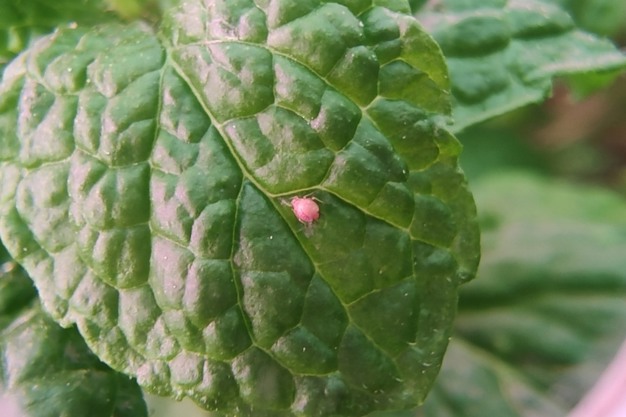
Aphid mummy after parasitization by Aphidius colemani, a key biological control agent in Integrated Pest Management (IPM) strategies, demonstrating effective pest suppression without chemical intervention
Continuous monitoring remains important in reactive IPM scenarios, allowing for tactical adjustments and future prevention efforts. "The primary goal in a reactive scenario is to manage immediate threats while maintaining ecological balance and minimizing negative impacts," Dr. Mikulewicz says.
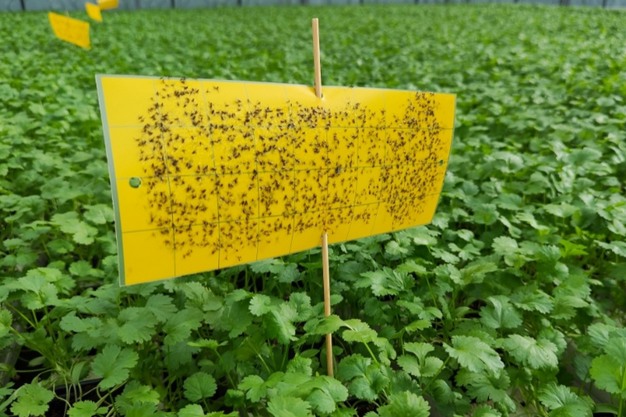
Sticky traps serve as an effective pest monitoring tool in greenhouse environments
A sustainable horticultural future
Dr. Mikulewicz and her team are exploring emerging technologies to further enhance sustainability in horticulture. "We are actively exploring the role of emerging technologies like blockchain and AI in addressing resource management and pest control challenges," she says. These innovations, including Real-World Assets (RWAs) and AI-driven solutions, have the potential to increase transparency and precision in crop production, enhancing the long-term sustainability of the horticulture industry.
Although Cultiva EcoSolutions is based in South America, the company's expertise and strategies are applicable worldwide. Remote consultancy allows the firm to extend its reach globally, offering customized solutions.
Dr. Mikulewicz concludes, "Our focus is always on providing flexible, hands-on consulting for greenhouse production and other horticultural practices, both locally and internationally. By adapting our strategies to specific markets, we help businesses solve technical challenges and succeed in the horticultural industry."
For more information:
Cultiva EcoSolutions
cultivaeco.com
Dr Emilia Mikulewicz, Ph.D.
Email: [email protected]
